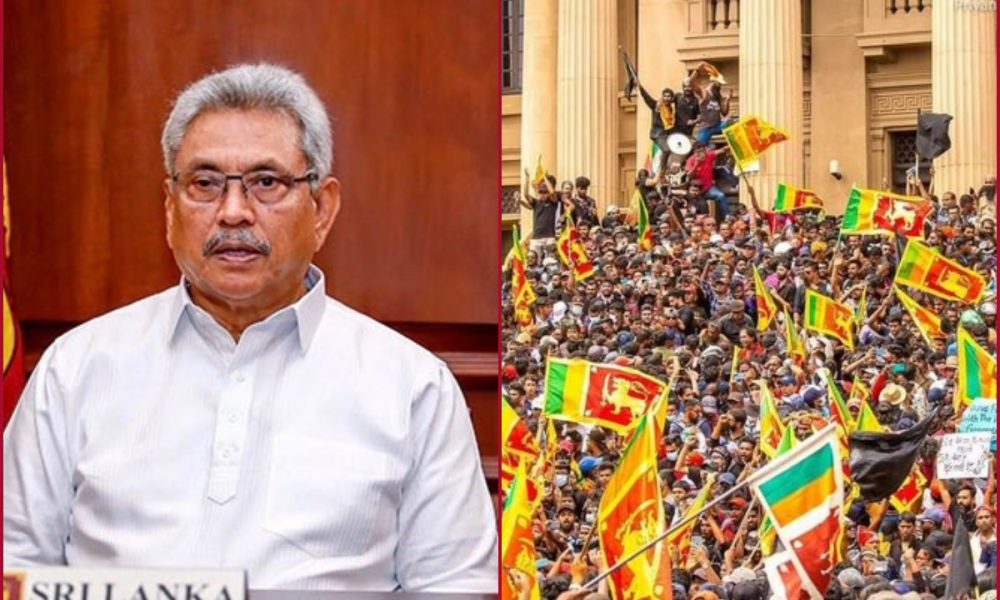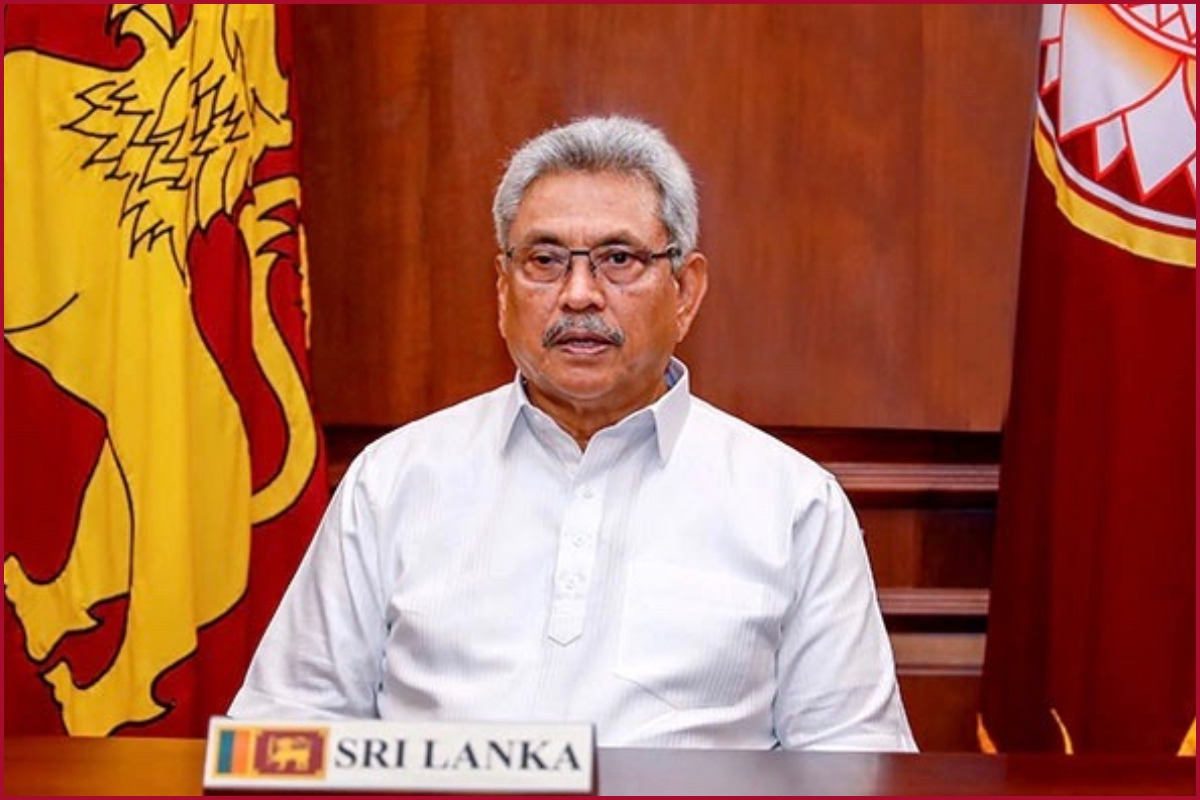
New Delhi: The economic crisis in Sri Lanka seemed to become worse as President Gotabaya Rajapaksha had to leave his official residence on Saturday after a large number of people broke into his house. The video of the incident also went viral on social media. A video also showed people taking a dip in the swimming pool, built at the Presidental building. The protesters intruded on the residence demanding the resignation of the current President.
It is reported that the country is struggling to import basic necessities for its 22 million people. The foreign reserves of the country went below $50 million or almost 70% in the two years. The country also has to pay a foreign debt of nearly $25 billion by 2026 out of a total of $51 billion.
Earlier in May this year, Prime Minister Mahinda Rajapaksa had to resign due to mass protests over a deepening economic crisis. During this time, the country also witnessed violent clashes between its supporters and anti-government protesters in Colombo. However, Mahinda was replaced by Ranil Wickremesinghe for the post.

Given the current situation in Sri Lanka, let’s tell you below here the reasons that led to an economic crisis in the island nation:
Experts say Sri Lanka is facing an economic crisis due to mismanagement by successive governments that worsened in the Rajapaksa government. Asian Development Bank said Sri Lanka is a classic twin deficits economy. This term is used when a country’s national expenditure exceeds its national income and the capacity to produce tradable goods and services becomes inadequate.
- The Easter suicide bombings incident of 2019, killing 290 people, badly damaged the tourism industry of the country.
- The current economic crisis in the country is mainly triggered by deep tax cuts that were enacted months before the COVID-19 pandemic. However, it was promised by Rajapaksa during the 2020 generation election campaign.
- The move prompted credit rating agencies to downgrade Sri Lanka’s ratings. This blocked the country from borrowing more money. The pandemic accelerated the economic crisis further of the country.
- In 2021, the Rajapaksa government announced a ban on all chemical fertilisers. The move backfired, reducing rice production to a critical level. Later, the government reversed its order.
- On the other side, the Russia-Ukraine war also drove up food and oil prices globally. Owing to this, it became unaffordable for Sri Lanka to import them. In May 2022, the prices for petrol and diesel reached an all-time high at Rs 420 and Rs 400 per litre, respectively in Sri Lanka.




